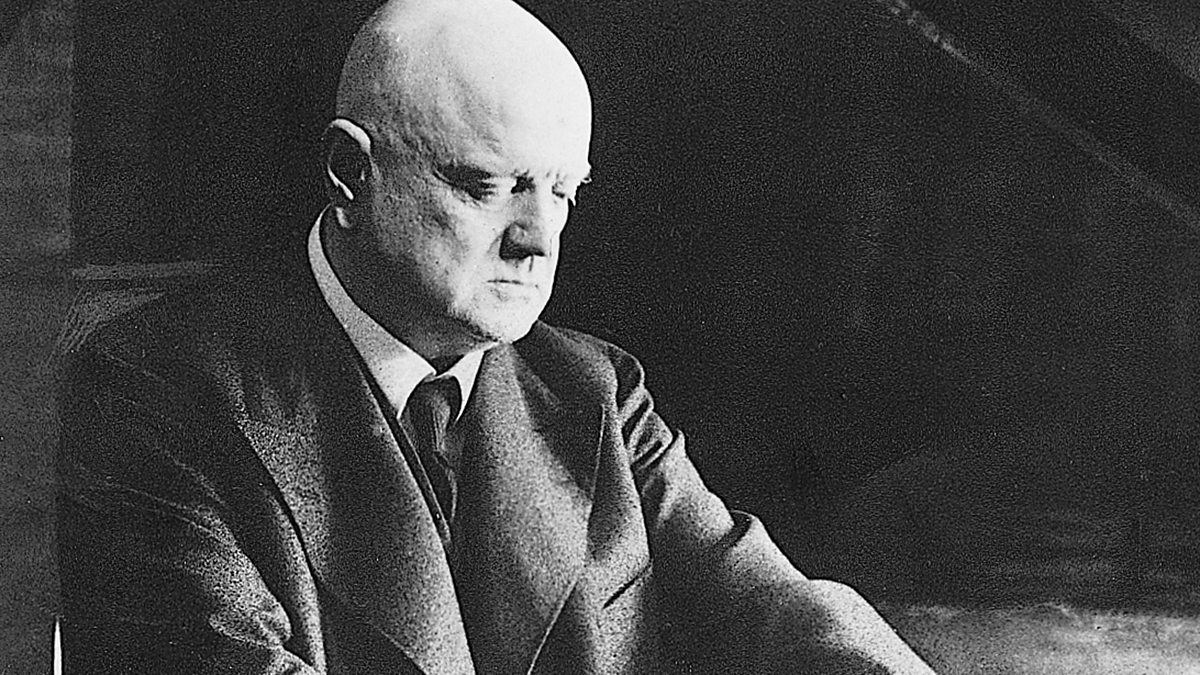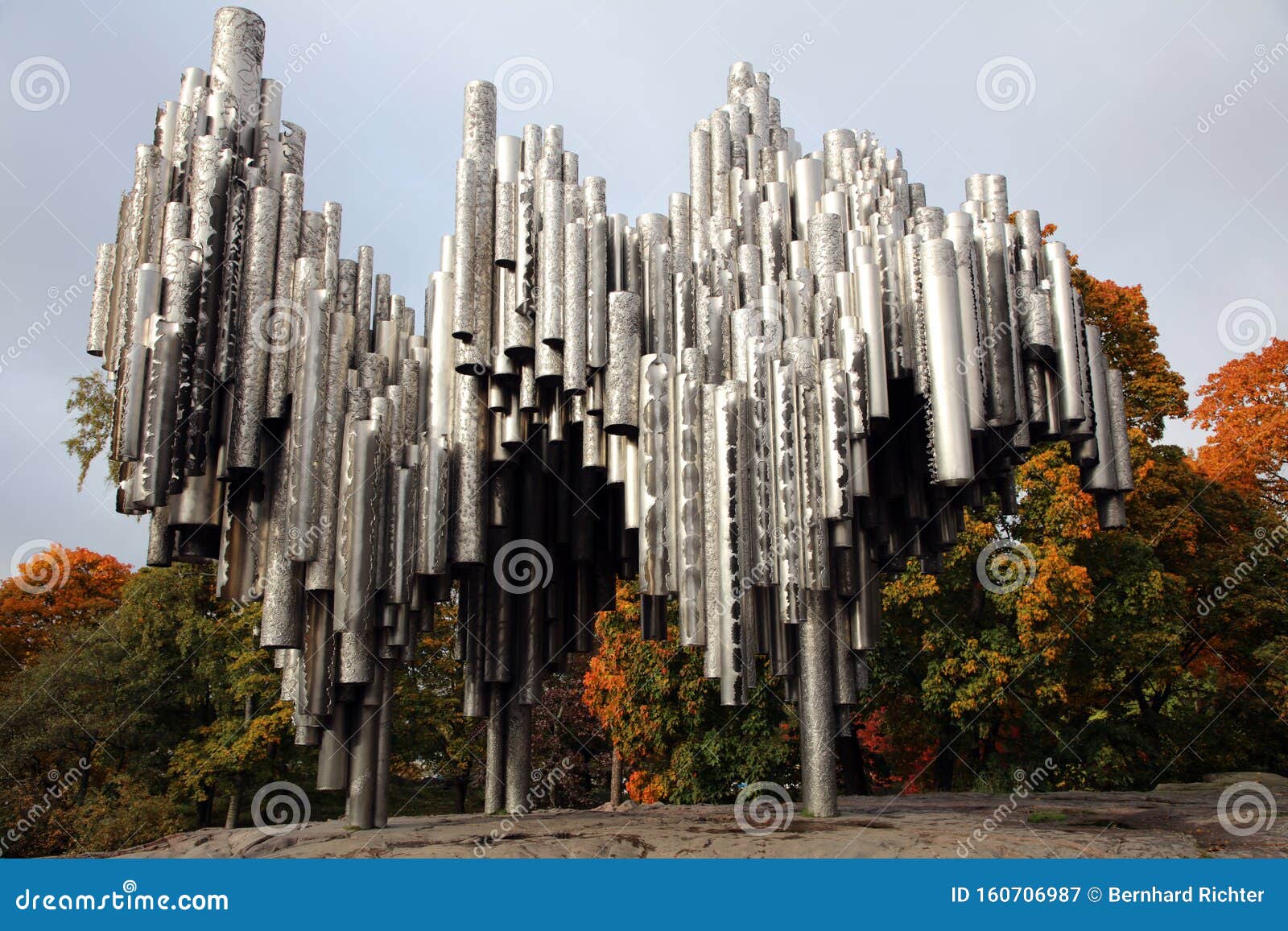

Britannica Beyond We’ve created a new place where questions are at the center of learning. Jean Sibelius called his tone poem Finlandia, the work that made his name known beyond the borders of his homeland and is still his most popular.100 Women Britannica celebrates the centennial of the Nineteenth Amendment, highlighting suffragists and history-making politicians.Through live performance of Jean Sibelius’ music, the moving program evokes the Finnish natural world that inspired Finland’s legendary composer.
SIBELIUS FINLANDIA HOW TO
COVID-19 Portal While this global health crisis continues to evolve, it can be useful to look to past pandemics to better understand how to respond today. It is a Spotlight Event of the Finlandia Foundation Finland 100 Music Program.Some years after composing Finlandia, Sibelius later arranged the hymn for choir. And although it isn’t the official national anthem of Finland (that would be Maamme ), it is recognised as an important national song. It was composed in 1899 and premiered in the composers native Finland. The Finlandia hymn, taken from Sibelius ’ symphonic poem of the same name, is a beautiful, serene piece of music for choir.



Demystified Videos In Demystified, Britannica has all the answers to your burning questions.Britannica Classics Check out these retro videos from Encyclopedia Britannica’s archives.The message was surely understood by any in the audience. 26 for orchestra, one of the best-known works of Jean Sibelius, became the unofficial national anthem of Finland. This thinly-veiled rallying cry for independence leads into a return of the heroic material and its grand conclusion. The hymn from the tone poem Finlandia, Op. First, it’s in the winds (only six musicians), then the strings, with dozens of players across the orchestra joining in. During the 1890s Sibelius took on the challenge of writing music that stirred Finnish patriotism in the face of Czar Nicholas IIs Russification policies. Characteristic of Sibelius’s compositional style, it’s mostly a melody with a step-wise contour, and one that is long and drawn out. A dramatic Allegro moderato fanfare interrupts, in a section featuring rising and hopeful string triplets, and, modulating into its related A-flat major, heroic writing in the horns.įrom this climax, a string tremolo emerges, evoking hushed Finnish forests. In this author’s opinion, the key is no accident, the same as Beethoven’s Egmont Overture (with its portrayal of a Dutch people under Spanish oppression a parallel to Finns under the Czars). This key is frequently used by composers seeking a serious sound, with its darkness due to the absence of most open strings. Its weighty writing pushes any melodies down to the tonic of the introduction’s main key, F minor. The music that is now Finlandia was first a seven-movement suite, performed in Helsinki for an 1899 “Press Celebrations” event, dedicated to Finnish journalists recently banned by Russia’s Czar Nicholas II.Īt its opening, Finlandia’s Andante sostenuto chorale harmonies (in brass then woodwinds) sound somewhat Orthodox Russian, reminiscent of music that could have been composed by Tchaikovsky or Rachmaninoff.


 0 kommentar(er)
0 kommentar(er)
